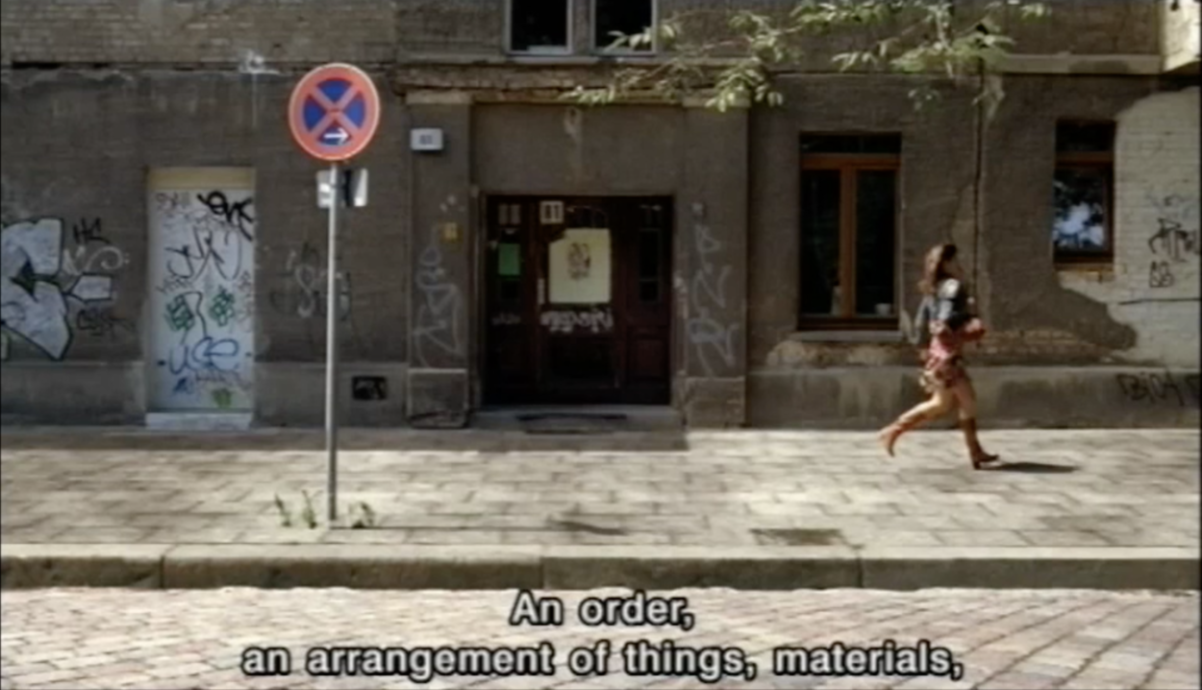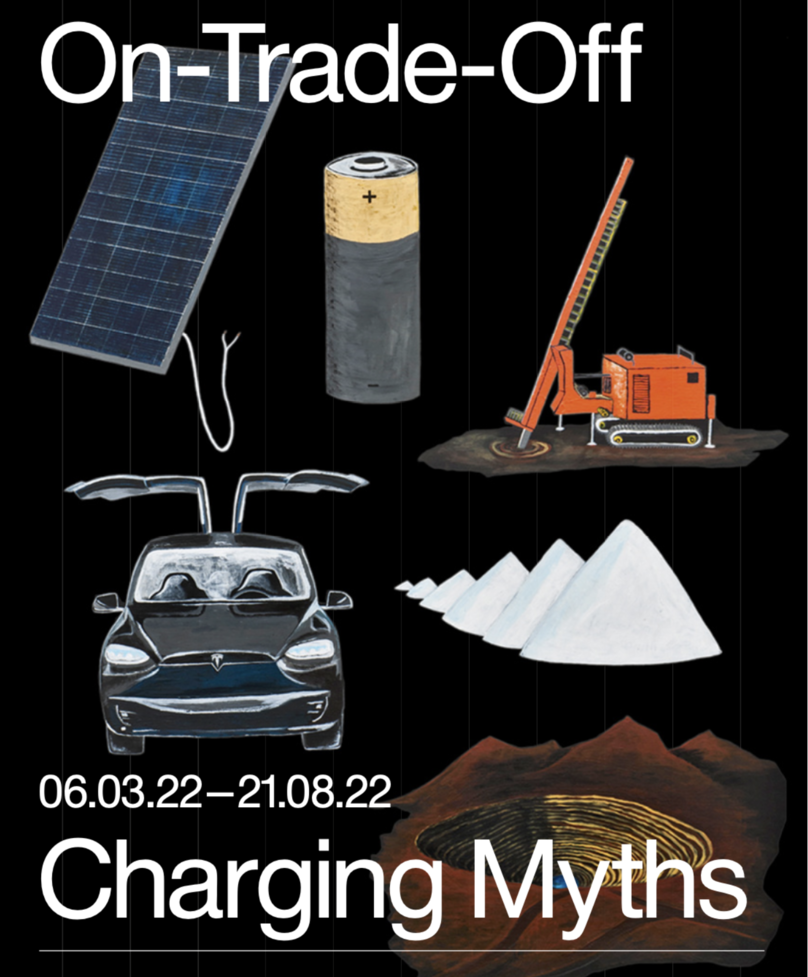The idea of the “meso” is quite new in physics. Microphysics is well known, it’s the stuff of physicists’ dreams. The macro in physics is also familiar, it’s crystals, liquids, and bodies that can be characterized by general, measurable properties. But the meso is neither of these. It concerns not matter, but material. Why does glue stick? Why do metals tend to stress and break? This is a science of the interstices and the cracks. It’s a science of defects. It is the kind of science where it is always a question of this material, rather than Matter, and which encounters “procedures,” like those of metallurgy. Why must the iron be beaten as long as it is hot? The macro is matter in general. Gas is marvellously “in general.” With the meso, on the other hand, it is necessary in each instance to redefine topically how the relations between the micro and the macro are assembled. In other words, it’s about everything that the macro does not allow to be said, and everything that the micro does not permit to be deduced. No, the questions that must be asked are utterly specific. Questions which bring characters into existence. What is a crack? How does this propagate? How is that encountered? What brings this to a threshold, where it breaks?
Isabelle Stengers in Conversation with Brian Massumi:
History through the Middle: Between Macro and Mesopolitics, 2008
WHICH MATERIAL TO USE? AND HOW? AND FOR WHAT?
METAL, CERAMIC, TEXTILES, GLAS, RUBBER, PLASTIK...





